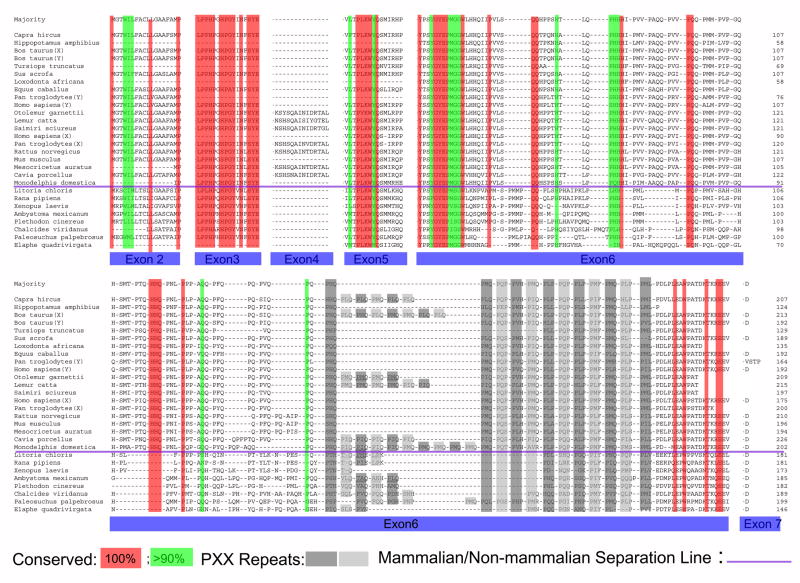Figure 2. Conserved regions and evolutionary “hotspots” among tetrapod amelogenins.
Note the highly conserved sequence elements in encoded by exons 2, 3, and 5 (marked in red and green). In contrast, the region encoded by exon 6 reveals significant differences among species. Conserved areas of polyproline tripeptide repeats are labeled in gray. This alignment features four newly discovered amphibian amelogenins (Red-eyed tree frog, Litoria chloris, accession number DQ069788; Mexican axolotl Ambystoma mexicanum, accession number DQ069791; Eastern Red-backed Salamander Plethodon cinereus, accession numbers DQ069789 and DQ069789). The Leopard frog (Rana pipiens) amelogenin sequence was reported earlier by our group (#AY695795).

